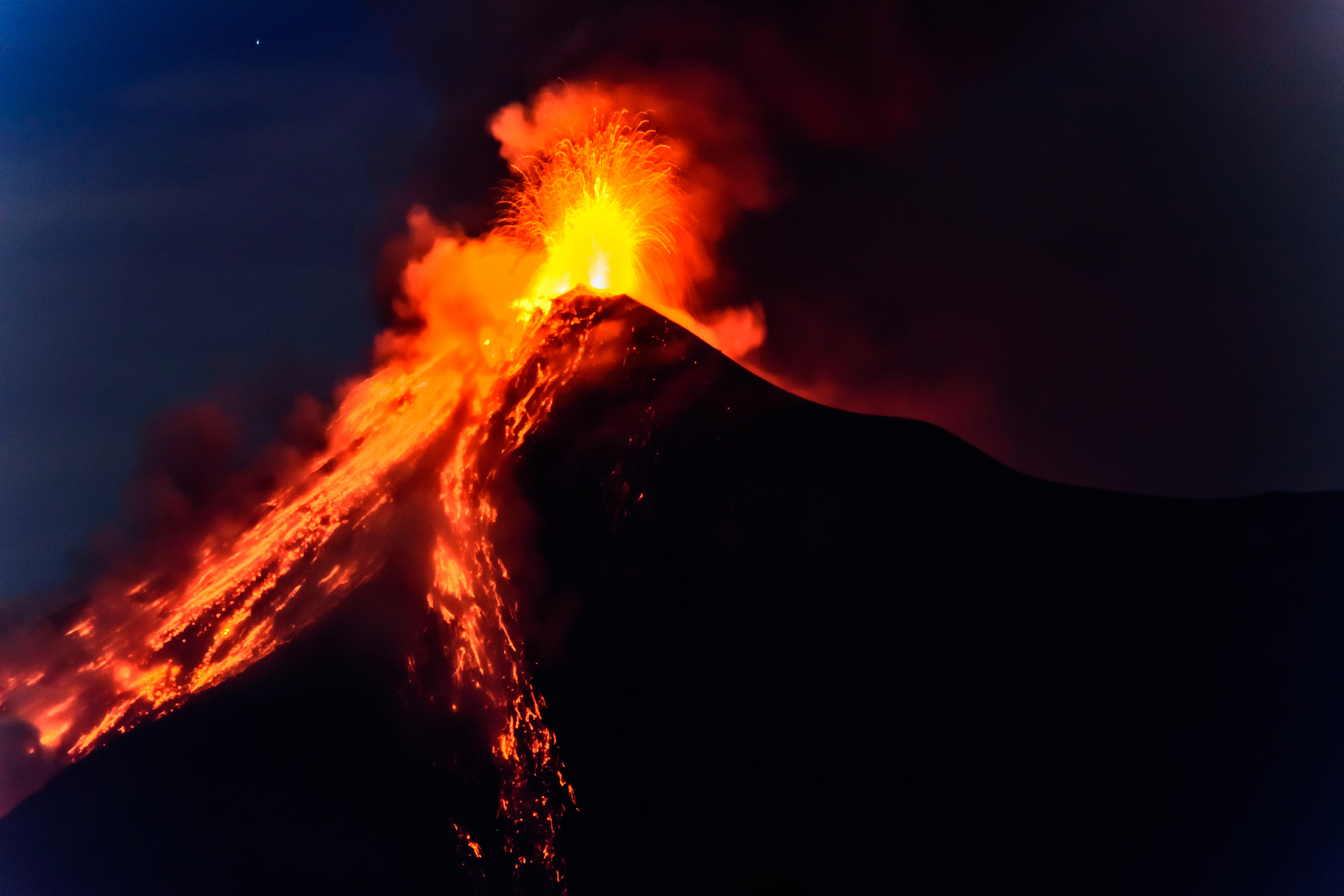
The small crystals that can help predict volcanic eruptions
Researchers are reporting that the small crystals found in volcanic rocks may contain critical information that could help predict volcanic eruptions.
The crystals form when magma starts rising from up to 18 miles below the Earth’s surface and they are carried along inside of the magma, changing in size and composition as they are transported.
Dr. Teresa Ubide from the University of Queensland and Professor Balz Kamber from Trinity College Dublin teamed up to conduct a study on Mount Etna, which is the most active volcano in Europe.
Using an advanced laser technique, the researchers managed to view the inside of volcanic crystals in a way they had never been seen before. They discovered that the crystals contain a memory in the form of growth layers that resemble tree rings, which may be utilized in the future for more effective volcanic hazard monitoring.
“They essentially ‘record’ the processes right before the eruption starts,” said Dr. Ubide. “At Mount Etna, we found that the arrival of new magma at 10 km depth is a very efficient trigger of eruptions — and within only two weeks.”
“In this case, therefore, earth tremors at the depth of magma recharge must be taken as serious signs of potential imminent eruptions. At other volcanoes, the method will allow to establish the relationship between recharge depth, recharge frequency and eruption efficiency. This can then help scientists to better relate physical signs of recharge to eruption potential.”
The research team will expand their analysis to other volcanoes around the world. They plan to compare the information with geophysical signs of magma movement.
“The new approach may also prove useful for studying volcanoes that have remained dormant, such as the currently erupting volcano on Kadovar Island, Papua New Guinea,” said Professor Kamber.
“For many volcanoes there is no eruption history, but geologists can collect lavas from past eruptions and study their crystals.”
The study is published in the journal Nature Communications.
—
By Chrissy Sexton, Earth.com Staff Writer













